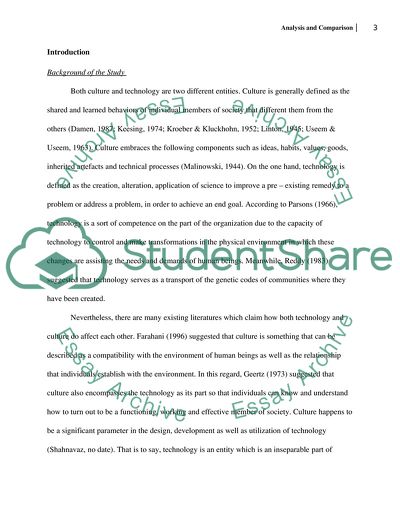Cite this document
(Cultural Dimensions Of Globalization Term Paper, n.d.)
Cultural Dimensions Of Globalization Term Paper. Retrieved from https://studentshare.org/culture/1778325-technology-and-culture
Cultural Dimensions Of Globalization Term Paper. Retrieved from https://studentshare.org/culture/1778325-technology-and-culture
(Cultural Dimensions Of Globalization Term Paper)
Cultural Dimensions Of Globalization Term Paper. https://studentshare.org/culture/1778325-technology-and-culture.
Cultural Dimensions Of Globalization Term Paper. https://studentshare.org/culture/1778325-technology-and-culture.
“Cultural Dimensions Of Globalization Term Paper”, n.d. https://studentshare.org/culture/1778325-technology-and-culture.


